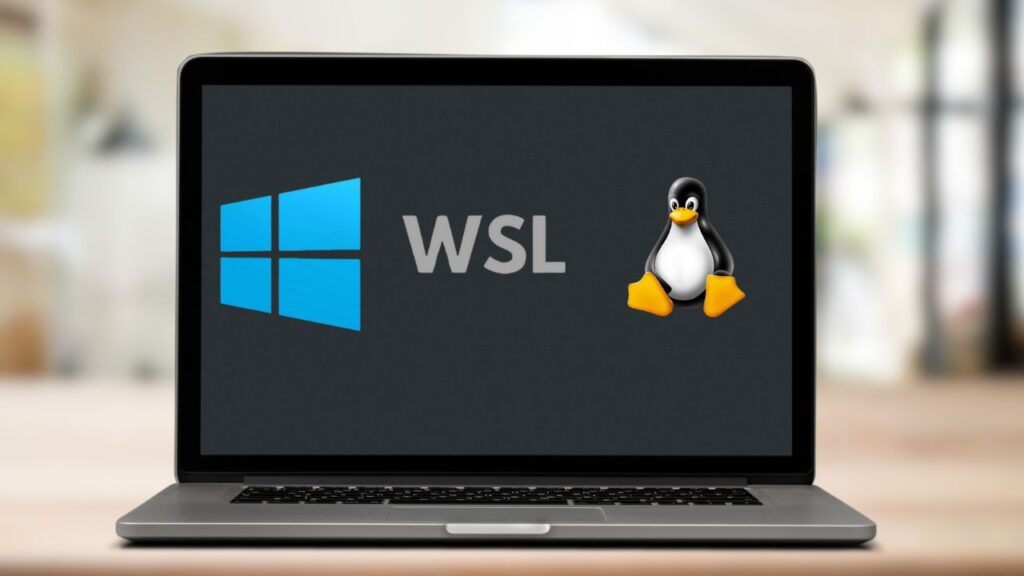Running Linux on a Windows computer might sound complicated, but Windows 11 makes it surprisingly simple with the Windows Subsystem for Linux (WSL). Instead of setting up a virtual machine or dual-booting, WSL gives you direct access to Linux inside Windows. This means you can use Linux commands, tools, and even software alongside your regular apps.
If you are just starting with Linux or need it for development, this guide will show you exactly how to enable WSL in Windows 11 with clear, beginner-friendly steps.
How to Enable WSL on Windows 11?

Setting up WSL is a one-time process that prepares your system to run Linux smoothly. You’ll be turning on a few Windows features, running a quick command, and then restarting your PC. Once it’s ready, you can launch Linux from your Start menu just like any other app.
Step 1: Open Windows Features
First, you’ll need to access the Windows Features menu. Press Windows + S, type Windows Features, and select Turn Windows features on or off from the search results. This is where Microsoft hides extra tools that aren’t enabled by default.
Step 2: Enable “Windows Subsystem for Linux”
Inside the Windows Features window, scroll until you find Windows Subsystem for Linux. Check the box beside it and click OK. This is the core feature that allows Windows to run Linux.
Step 3: Enable “Virtual Machine Platform”
While you are still in the Windows Features window, look for Virtual Machine Platform. Check this box as well. WSL needs this enabled to handle Linux efficiently in the background.
Step 4: Open PowerShell as Administrator
Now you’ll move over to PowerShell. Right-click the Start button and select Windows Terminal (Admin) or PowerShell (Admin). This opens a command window with the right permissions to make system changes.
Step 5: Install WSL
In the PowerShell window, type the following command and press Enter: wsl –install
This installs WSL along with the default Linux distribution, usually Ubuntu. You can add other distributions later if you prefer.
Step 6: Set WSL 2 as Default
WSL has two versions, but WSL 2 is faster and more capable. To make sure you’re using it, type: wsl –set-default-version 2
This ensures all new Linux installations will run on WSL 2 by default.
Step 7: Restart Your Computer
Finally, restart your PC. This step is important because it applies all the changes you just made. After the restart, WSL will be ready to go. Search for Ubuntu or whichever Linux distribution you installed, and you can start using it.
Why and When Do You Need to Enable WSL in Windows 11?
There are many reasons why WSL might be useful. Developers often use it to run Linux-only tools while staying inside Windows. Students and beginners can use it to practice Linux commands without setting up another device. Even casual users might enjoy safely experimenting with open-source software. Instead of switching between systems, WSL blends both Windows and Linux into a single workflow.
Conclusion
You’ve now seen how easy it is to enable WSL in Windows 11. With just a few clicks and commands, your computer can run both Windows and Linux together. This setup is not only convenient but also a powerful way to expand what your PC can do. Whether you want to code, learn Linux, or explore open-source software, WSL is a feature worth turning on.